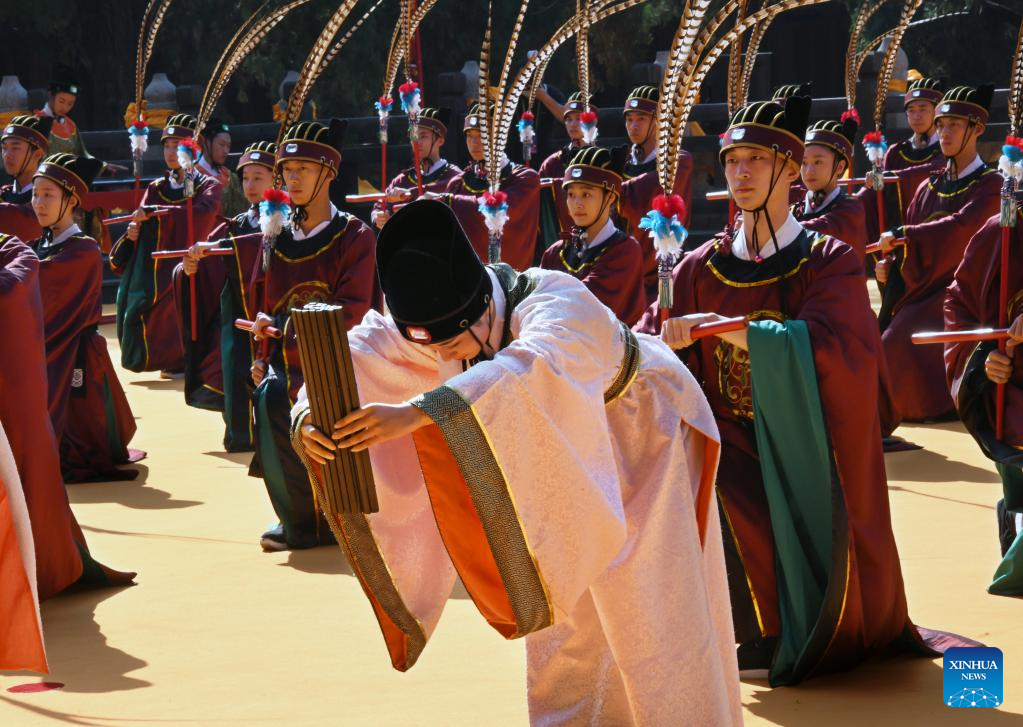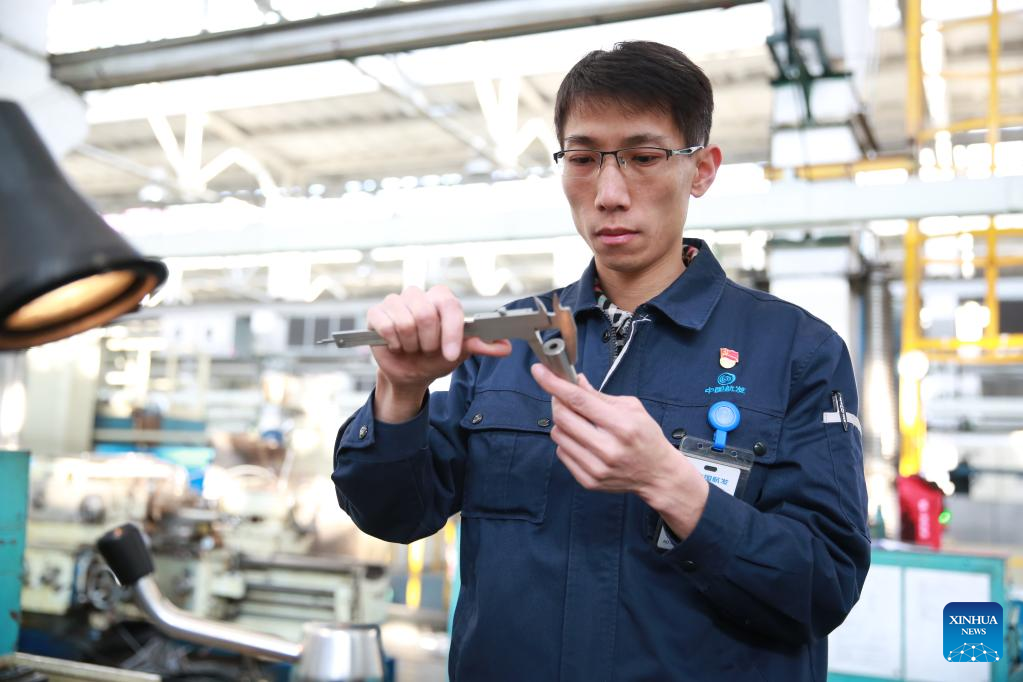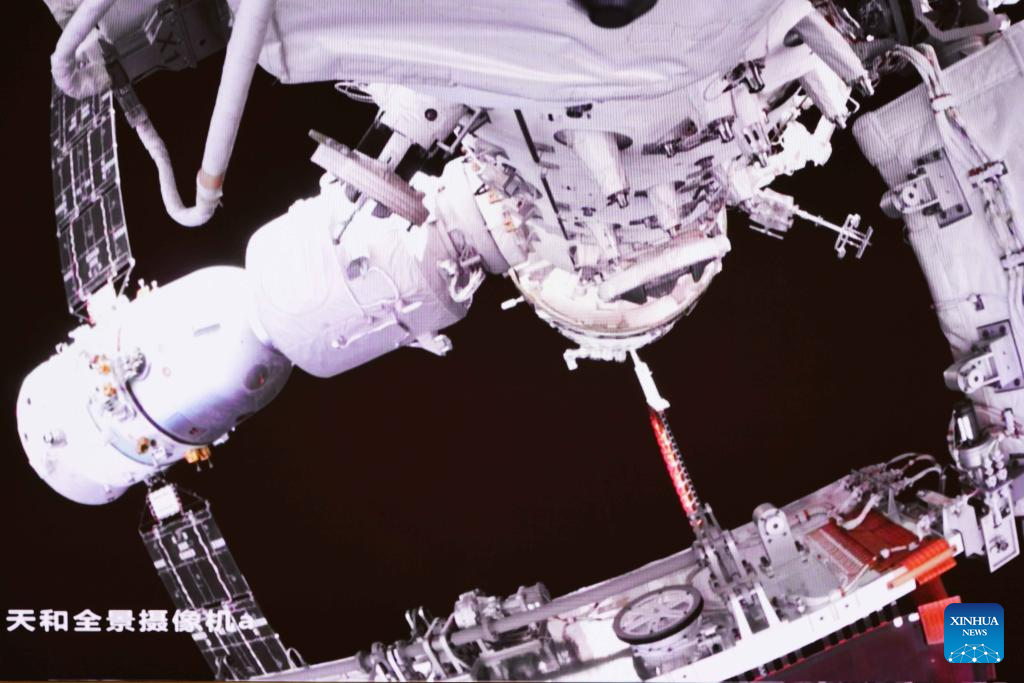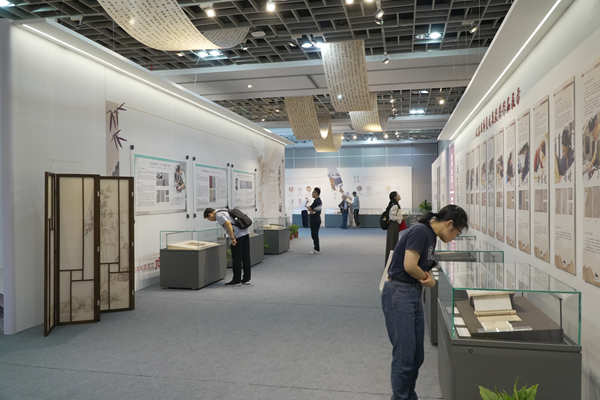
(Handout via Xinhua Daily)
Nanjing Library opened an exhibition on September 29 on the inheritance and development of ancient book restoration skills.
For the first time, the public exhibition comprehensively presents the rich knowledge and techniques used to restore ancient books, which are critically important for preserving historical and cultural heritage.
Before the invention of paper in the late Western Han Dynasty (202 BC-25 AD), texts were primarily written on scrolls and folding materials. As paper became the dominant medium for writing, more convenient bookbinding methods emerged, according to the exhibition. By the Tang Dynasty (618-907), woodblock printing had become increasingly popular.
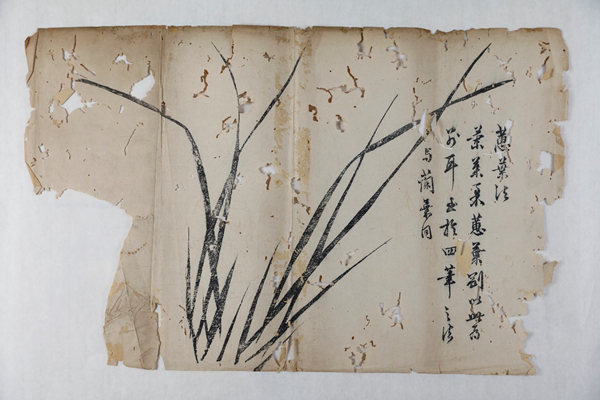
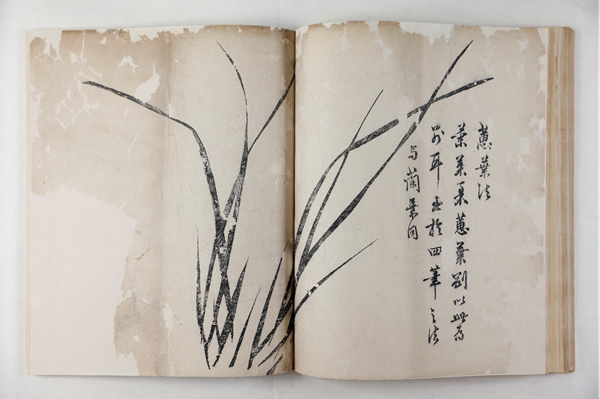
(A comparison of an ancient book before and after restoration)
Chen Xujun, head of the historical document restoration center at Nanjing Library, noted that many ancient books were damaged during circulation. The exhibition highlights the importance of ancient book restoration through before-and-after comparisons.
The exhibition displays not only traditional tools and dyeing materials but also modern restoration devices. An interactive area allows visitors to experience woodblock printing, movable type printing, and ancient bookbinding.
There are more than 4.5 million ancient books housed in public institutions in Jiangsu, ranking first in the country. Jiangsu's ancient book restoration efforts are also leading nationwide. Currently, 27 ancient book collection units have restoration rooms, covering a total area of 2,600 square meters. Jiangsu has more than 60 book restoration specialists, and the total number of restored ancient books exceeds 26,000.
As one of the first national key units for ancient book protection, Nanjing Library has a collection of over 1.6 million ancient books, including more than 400,000 books that require restoration. More young people are encouraged to join the restoration effort.




